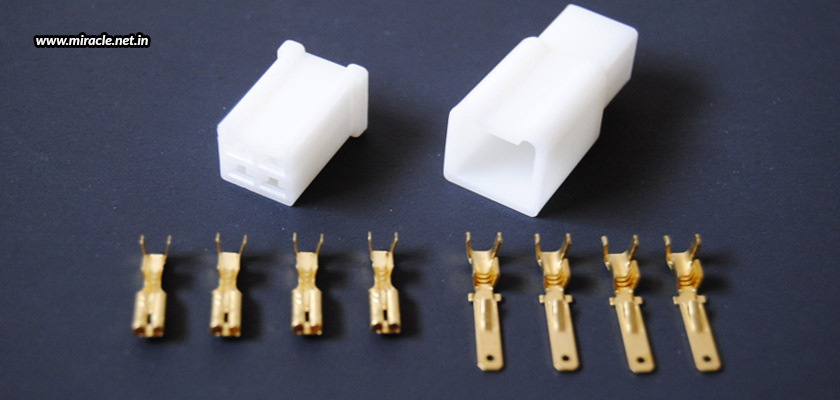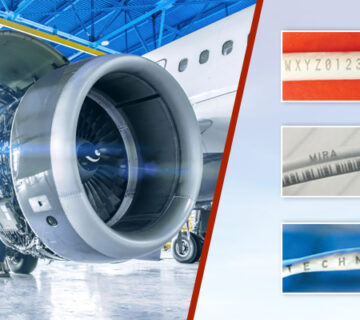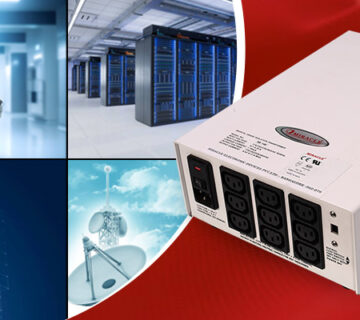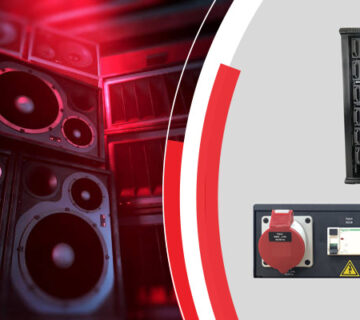One of those components that people don’t frequently give much thought to is cabling. Need something to be powered up? Take a cable, connect it, and you’re done! However, what if you are unaware of any concerns that may be present with the cable? Could the build of the cabling system cause a flaw in the wiring? Although, wiring safety has significantly improved over time, with the advance of insulation and cable production, meaning there is little chance of failure; yet, errors may occur. This makes it crucial to pick the right components of a cable harness. And, the two main components that we need to consider are the connectors and the terminals.
Cable harness connectors
The electronic signal between a cable harness and a power supply is continuously maintained by cable harness connectors. Connectors differ broadly in sizes, shapes, and dimensions; and the right dimension must be chosen depending upon the application that the cable harness needs to be used in. The right connection type must be chosen based on a variety of performance criteria, including mating type, insulation requirements, power contacts, and signal contacts. Configurations can also differ, with choices like board-to-board, cable-to-cable, or cable-to-cable. The most common types of connectors are 2-, 3-, or 4-pin connectors. Knowing the essentials is key when choosing a connector. Some other factors to consider include cable size, current rating, circuit density and size, operating voltage, and engagement force.
Cable harness terminals
Terminals for cable harnesses are the parts where the cable attaches or is joined to other parts. The type of terminal required depends on the intended application and may vary in shape, size, and insulation requirements, much like the connectors. When protection from temperature, moisture, or the environment is not necessary, non-insulated terminals are a more economical option. There are several different types of cable harness terminals available.
- Round-ended ring terminals make it possible to attach screws or studs. They come in different diameters, can be insulated, and are crimped or soldered to cables.
- Spade terminals, also known as fork terminals, are open-ended, allowing easy attachment and removal in harness applications with tight space requirements.
- Quick-disconnect terminals are made for quick disconnect in consumer, industrial, and automotive applications.
- Male and open-ended round female connectors can be connected securely with bullet terminals that are designed to guard against corrosion and other damage from dangerous substances.
- Butt terminals can be utilized to quickly extend cables, and terminate one or more wires, while also providing protection against corrosion, moisture, and abrasion.
- Because they are built with a 90-degree bend like a flag on a pole, flagged terminals are ideal for tight spaces.
As we can see from the above-mentioned information, to guarantee that harnesses are protected and routed properly, proper terminals and connectors are essential. The design of the cable harness must carefully measure and take into account cable ends, strip lengths, voltage and current requirements, sheath materials, and cable tolerance. Correct terminals and connectors in well-designed cable harnesses will prevent the need for repairs and increase the lifespan of the cables. The process of designing cable harnesses must be carefully tailored to the requirements of each individual application. High quality design is essential for both safety and functionality. The numerous components described above illustrate how environmental factors must also be taken into account while designing cable harnesses.
Miracle Electronics is one place you can be to develop custom cable harnesses for your application, considering every important element mentioned above. Miracle Electronics has established itself as one of the most trusted cable harness manufacturers in India today, because to its well-designed harnesses and commitment to producing a high-quality harness for every customer.




